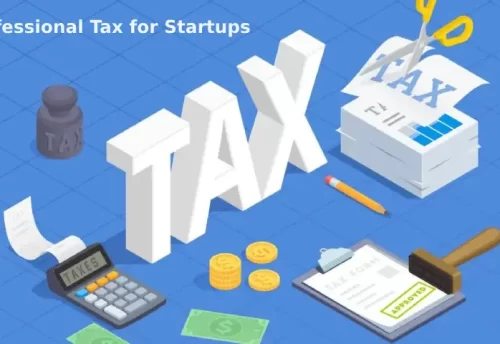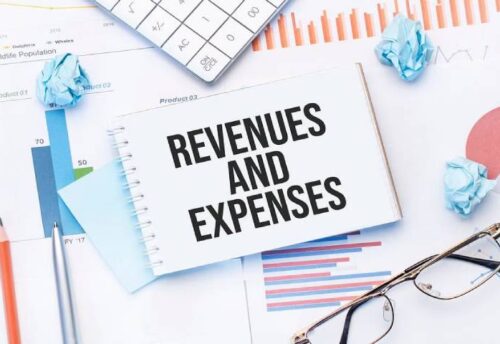
- 22/01/2025
- MyFinanceGyan
- 131 Views
- 4 Likes
- Finance, Tax
Set-Off and Carry Forward of Losses in Income Tax
Managing losses is a crucial aspect of optimizing tax liability for individuals and businesses. The Income Tax Act, 1961, provides provisions that allow taxpayers in India to set off losses against gains and carry them forward to subsequent years. Understanding these provisions can significantly impact financial planning and tax efficiency.
Types of Income Categories:
The Income Tax Act recognizes various categories of income under which losses can be calculated:
- Income from Salary: Includes basic salary, house rent allowance (HRA), special allowances, bonuses, employer contributions to Provident Fund, gratuity, and other benefits.
- Income from House Property: Covers rental income from properties and income (or loss) from vacant or deemed-to-be-let-out properties.
- Profit and Gains from Business or Profession: Encompasses income from trade, commerce, manufacturing, or professional services like law, medicine, engineering, freelancing, or consultancy work.
- Capital Gains: Income from the sale of capital assets like real estate, shares, bonds, and mutual funds. These are categorized into short-term and long-term gains based on the holding period.
- Income from Other Sources: A residual category including interest from savings accounts, fixed deposits, dividends, and windfall gains such as lottery winnings and game show prizes.
Set-Off of Losses:
Intra-Head Set-Off:
- Income from Salary: Losses are not applicable under this head since it primarily accounts for income components such as salaries and allowances.
- Income from House Property: Losses from one property (e.g., due to home loan interest) can be set off against income from another property in the same financial year.
- Profit and Gains from Business or Profession: Losses from one business can be set off against profits from another business. However, speculative business losses cannot be set off against non-speculative income and vice versa.
- Capital Gains:
- Short-term losses can be set off against both short-term and long-term capital gains.
- Long-term losses can only be set off against long-term capital gains.
- Income from Other Sources: Losses under this head can only be offset against other income in the same head, such as losses from interest being set off against dividend income.
Inter-Head Set-Off:
- Income from Salary: Losses from other heads (except capital gains) can be set off against salary income. However, salary income does not generate losses.
- Income from House Property: Losses up to ₹2,00,000 can be set off against any other income head (e.g., business or other sources) in the same financial year.
- Profit and Gains from Business or Profession: Losses can be set off against other heads of income (except salary). Speculative business losses are restricted to speculative income only.
- Capital Gains: Losses from capital gains cannot be set off against other heads of income and are limited to the capital gains category.
- Income from Other Sources: Losses can generally be set off against other income heads (except capital gains).
Carry Forward of Losses:
When losses are not fully set off in the same financial year, they can be carried forward for future adjustments:
- House Property Losses: Can be carried forward up to 8 assessment years.
- Business Losses: Can be carried forward for 8 assessment years.
- Speculative Business Losses: Can be carried forward for 4 assessment years.
- Short-Term and Long-Term Capital Losses: Can be carried forward for 8 assessment years.
Documentation and Compliance:
Proper documentation and adherence to compliance requirements are essential:
- Return Filing: Losses can only be carried forward if the income tax return is filed within the due date.
- Audit Requirements: Businesses or professionals exceeding specified turnover thresholds must conduct audits and file tax returns within stipulated timelines to claim carry-forward benefits.
Conclusion:
The set-off and carry-forward provisions in the Income Tax Act provide valuable opportunities to optimize tax liabilities. While intra-head set-offs work within specific income categories, inter-head set-offs offer broader flexibility subject to defined rules. Effective utilization of these provisions requires a comprehensive understanding of the law and meticulous record-keeping. Consulting a qualified tax professional is advisable to maximize the benefits and ensure compliance. Managing losses efficiently not only minimizes current tax liability but also ensures relief in subsequent years through carry-forward provisions.
Disclaimer: This article is for informational purposes only and reflects the author’s personal views. It is intended for educational purposes and does not constitute professional tax advice or recommendations.



